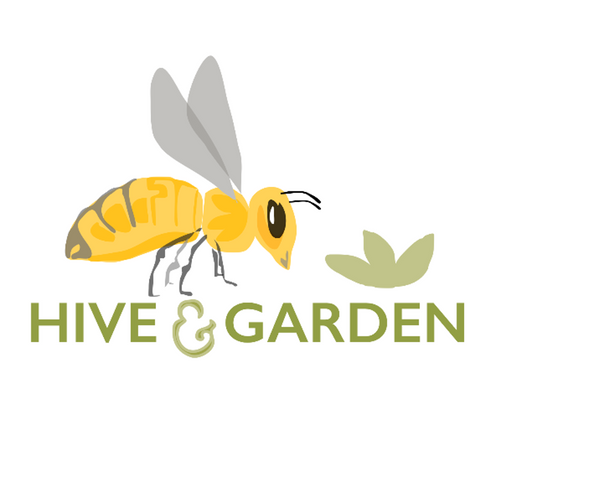Beehive
This is a brief description of each component that makes up a beehive, from top to bottom.
Hive Stand: We sell them or you can make your own using cinder blocks. Keep in mind, ants can be a problem. Some people create defenses by using tuna cans on the legs full of alcohol (google will have more ideas). Once your hive is established, and if ants do become a problem, it will be much harder to move the hive or get rid of them.
Bottom board. Screened is ideal, and will include a mite tray to do mite testing.
Entrance reducer: A strip of wood that sits at the entrance, which has an even smaller entrance. This is useful during “robbing season” (scarce forage leads to bees robbing each other), and essentially minimizes the size of the goal for the defending bees to protect.
Boxes. Our complete hives include 2 deep boxes (“brood boxes”) and one medium box (“honey super”), which will only be on during the nectar flow. You will start with one deep box for your nuc frames, and add the second after it is approx. 70% full. Single brood box hives are gaining in popularity, and are also a good way to go. For those looking for less heavy hives, some use only medium boxes (will make installing a nuc more difficult though).
Frames: We would recommend using double waxed plastic foundation. These give the bees a nice head start and promote building. We use Acorn, which uses cappings wax, and is strong enough to be reused and re-waxed for years to come.
-Foundationless is another option. It might have a waxed starter strip, or “cut comb” (ideal for cutting out blocks of honey comb, and gives them some more direction. People often alternate between plastic and foundationless to help guide them.
Inner cover: This is a framed piece of plywood with a hole that sits atop your upper most box. It keeps the bees from sealing the lid on, and allows for feeding.
OR
Vivaldi board: This is our own product which can replace the inner cover. It includes ventilation holes on the front and back, and an added screen that allows for a greater feeding capacity. This also allows you to non-invasively check on the bees without them flying out. Insulation can be added in the winter. For those wondering, it’s named after Vivaldi’s Four Seasons (meant to be kept on the hive year round).
Lid: A “Telescoping lid” is the standard, and perfectly adequate. Migratory lids are even more basic, but are used more for bait hives or by commercial beekeepers. We make a curved lid using polymetal, which also features more room for feeding, insulation and ventilation.
